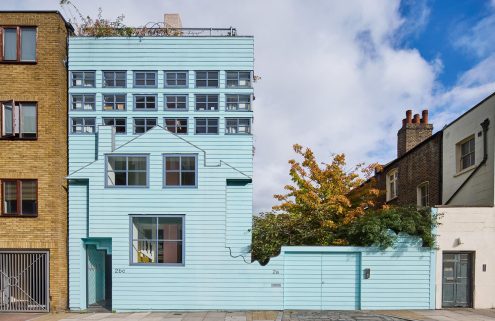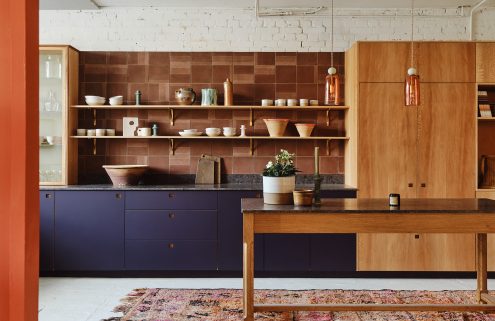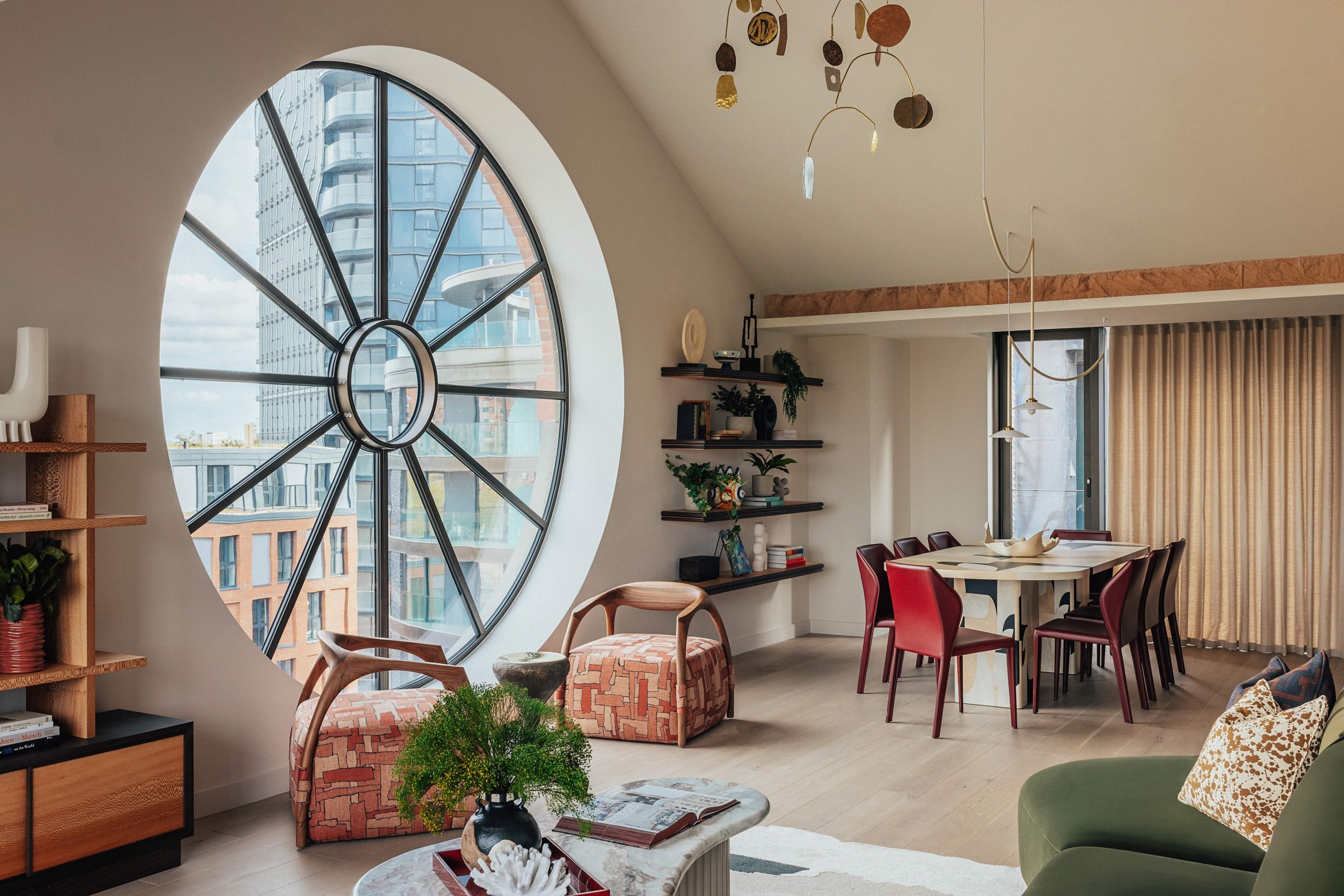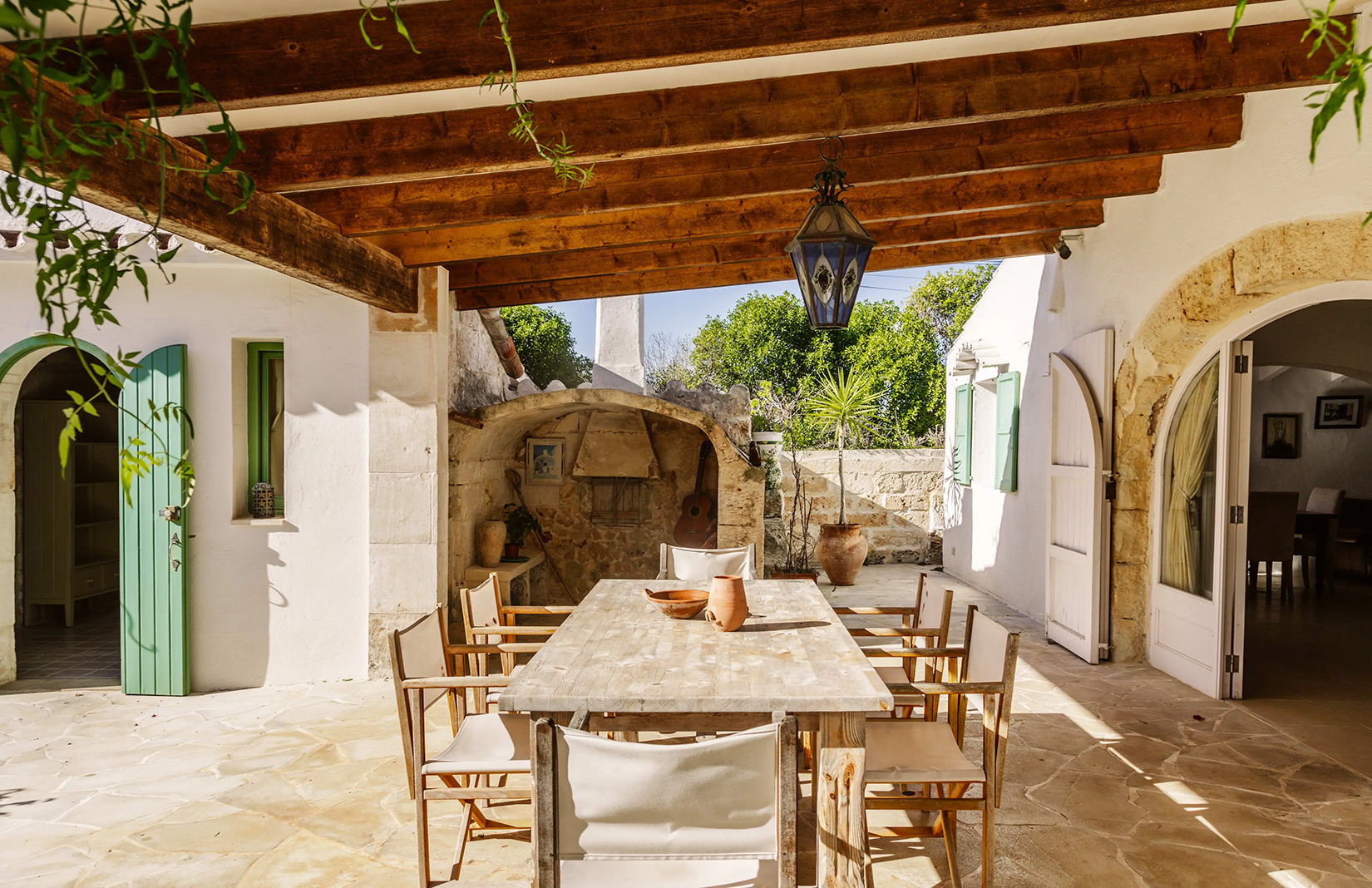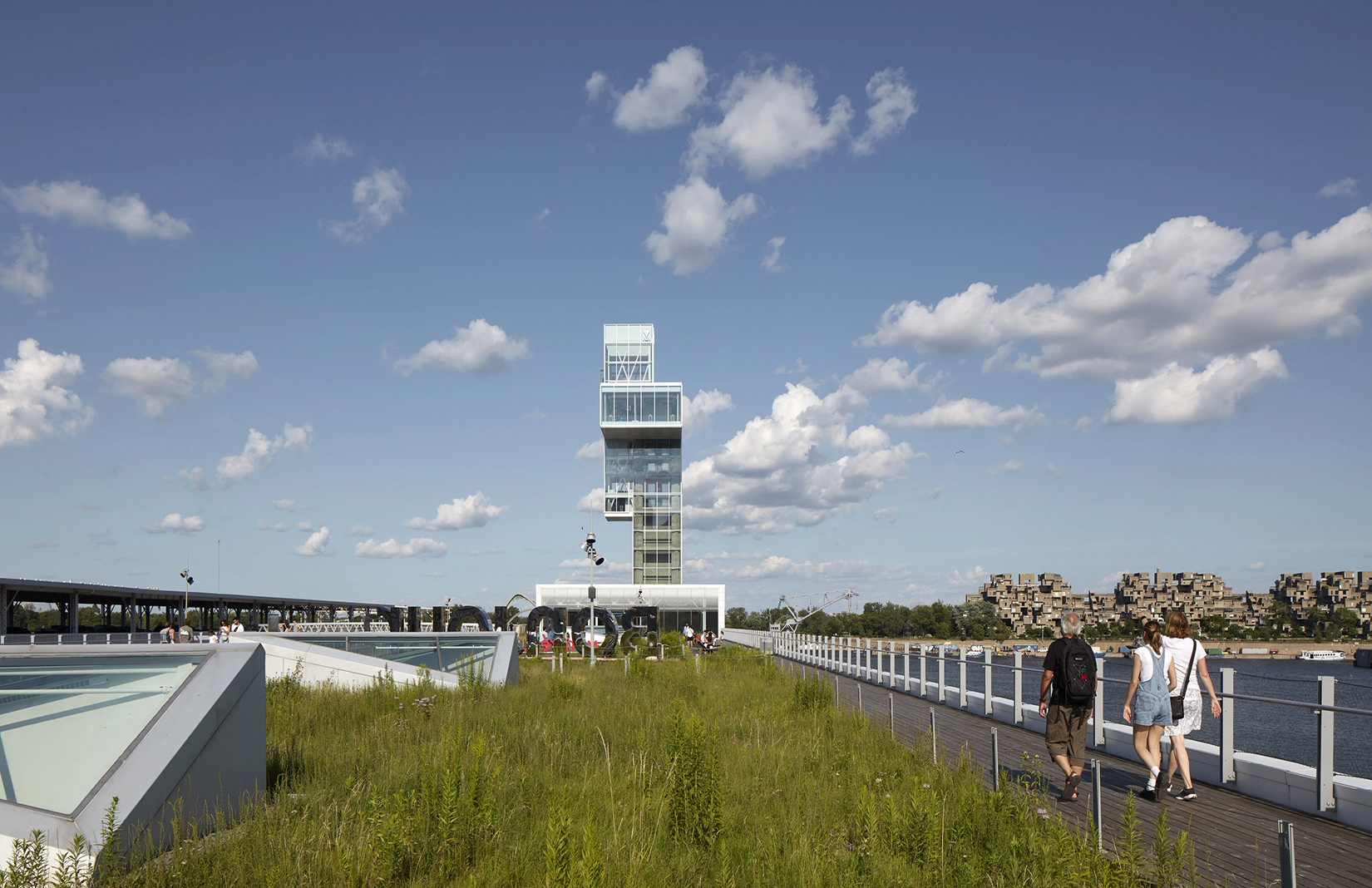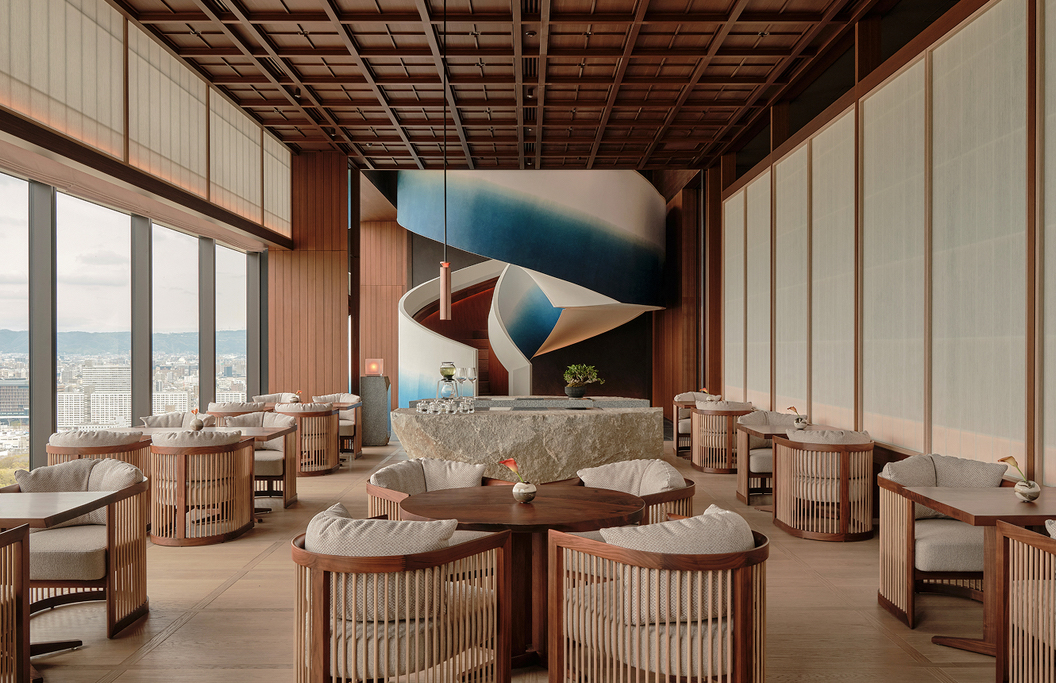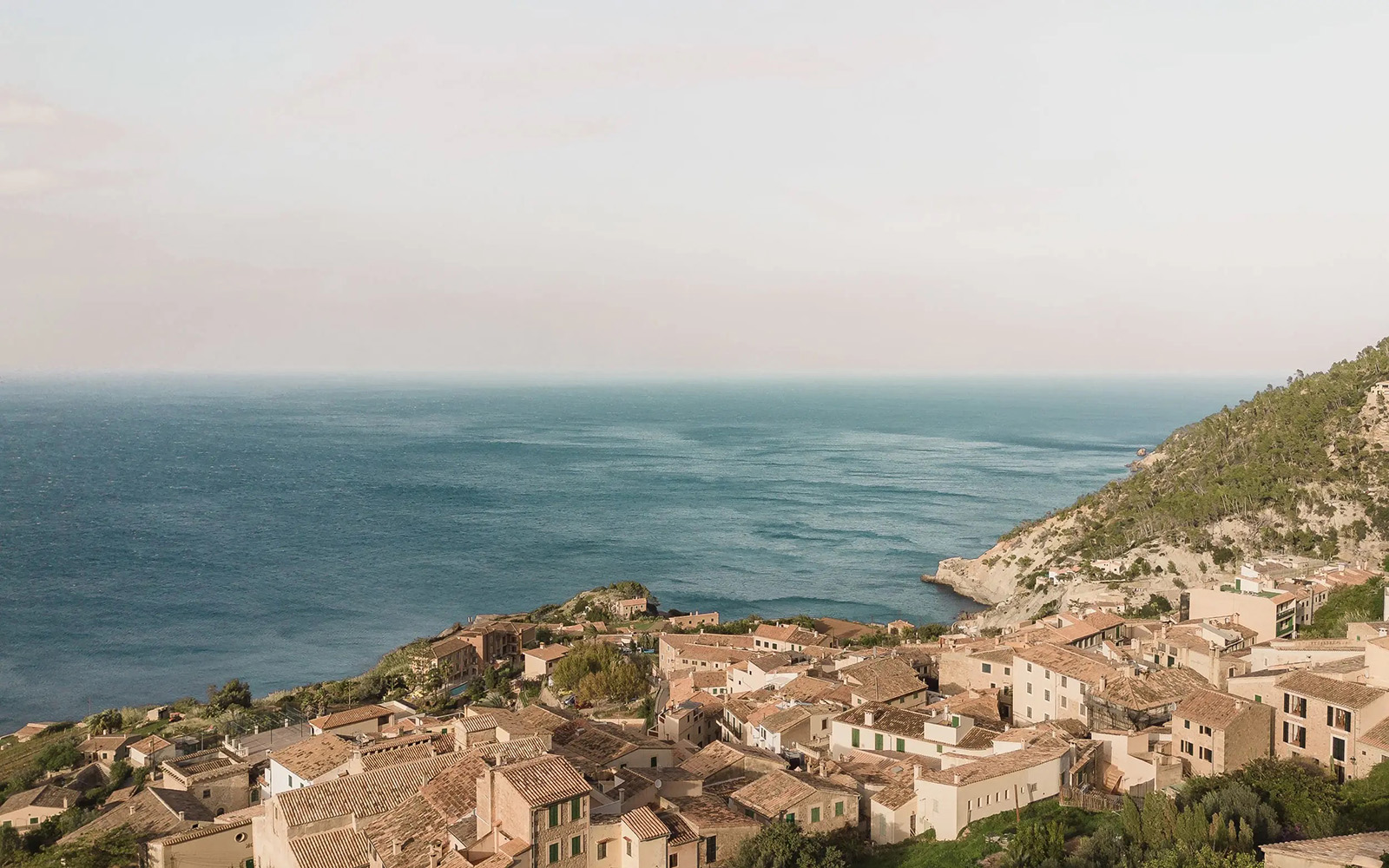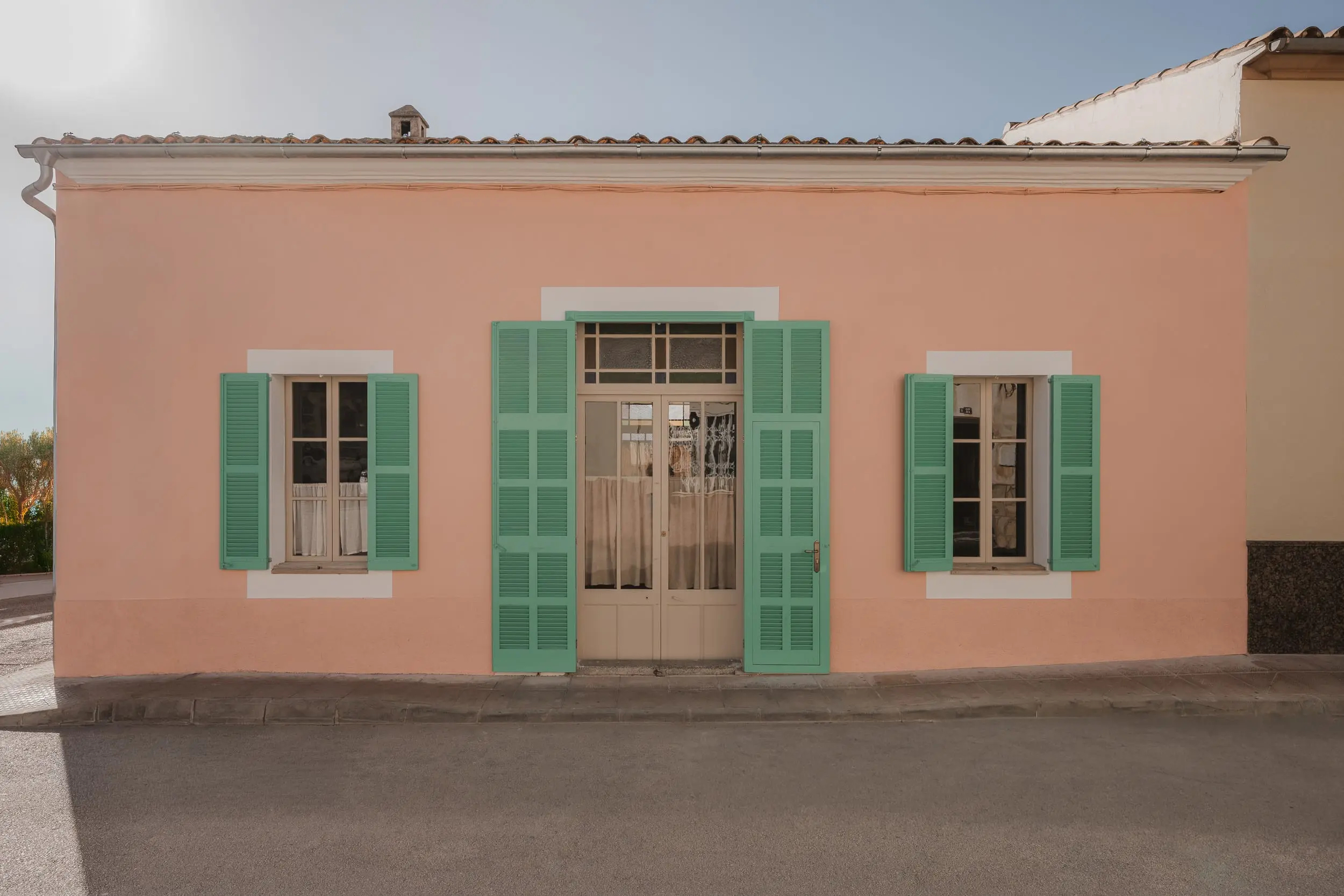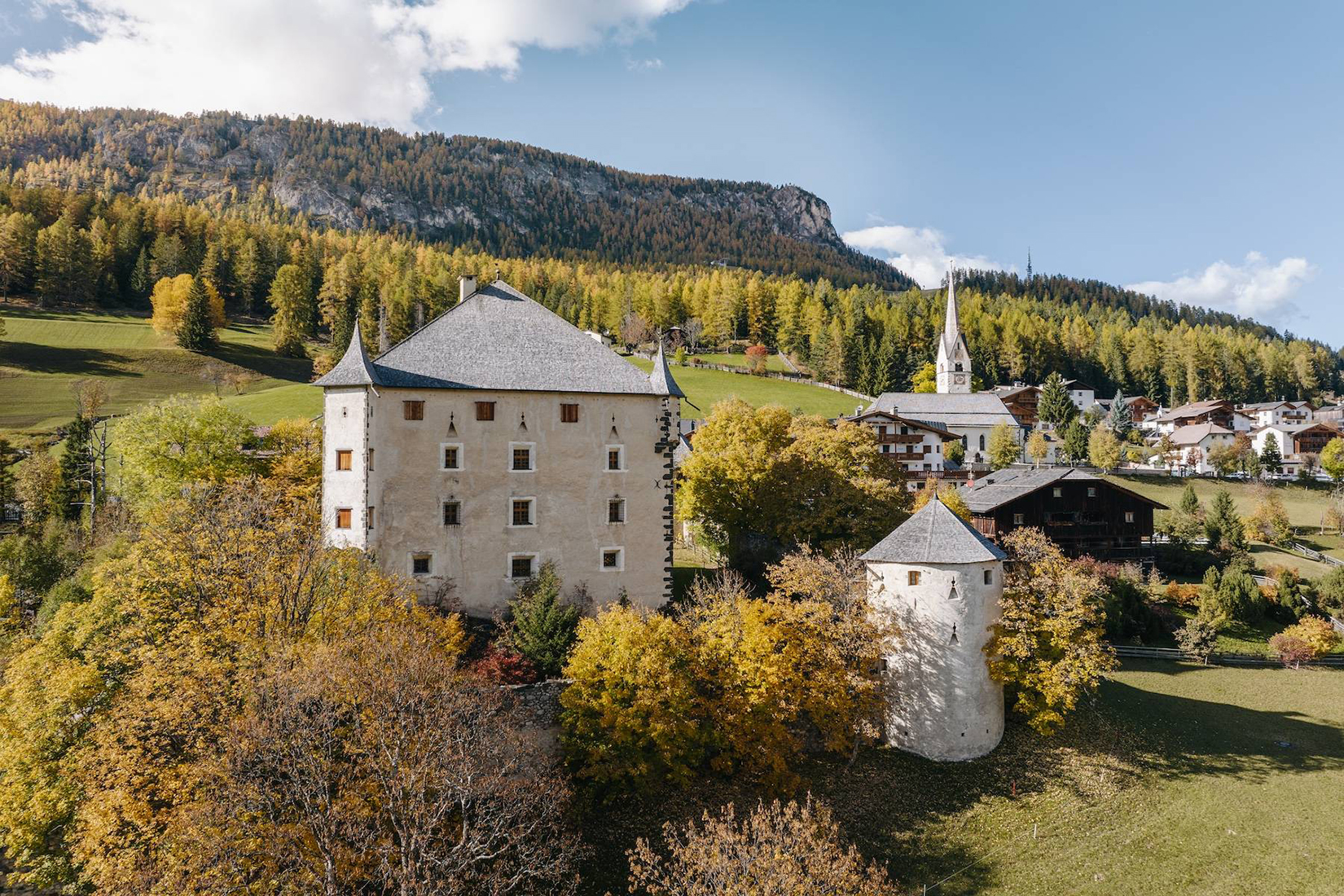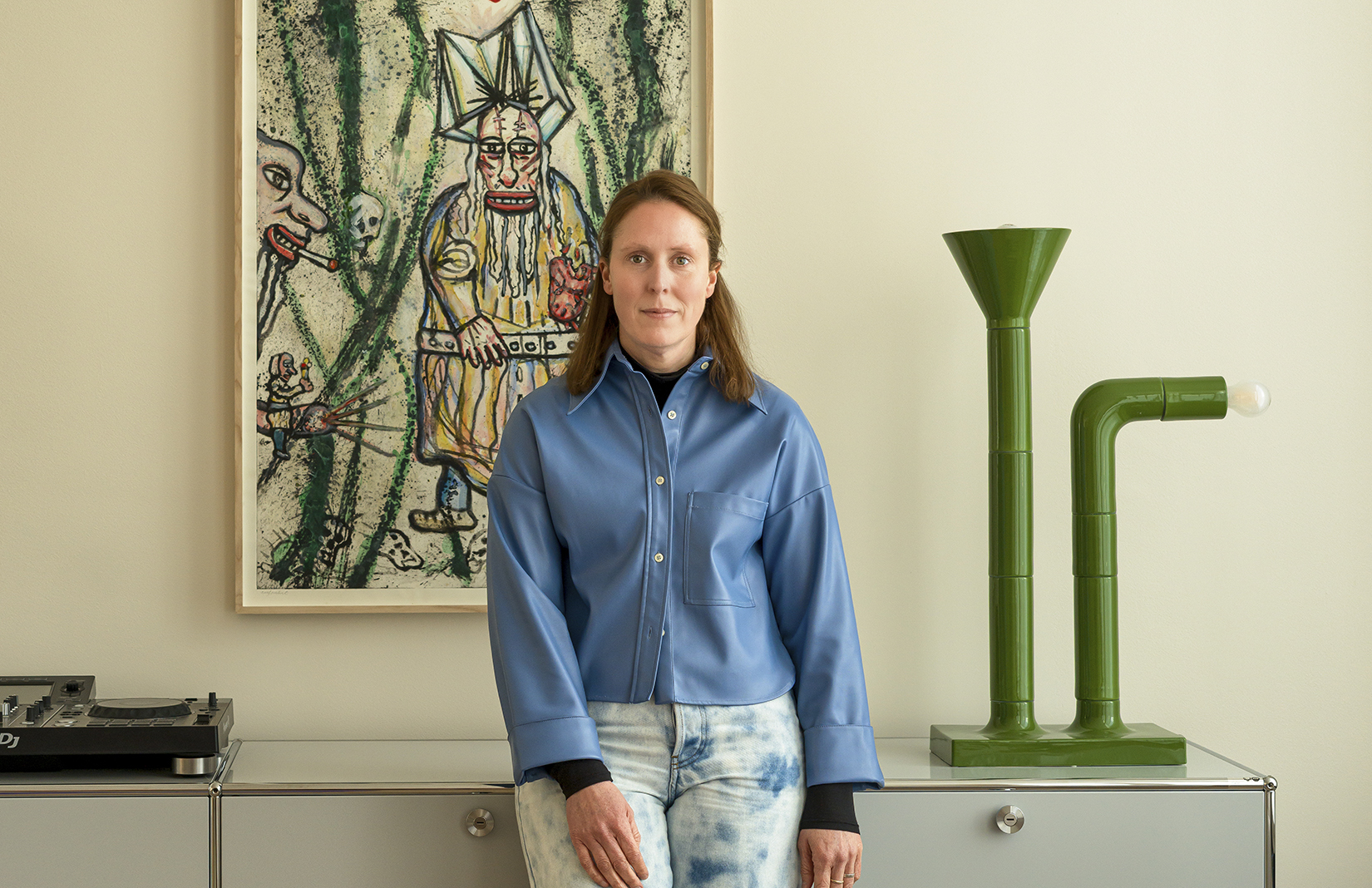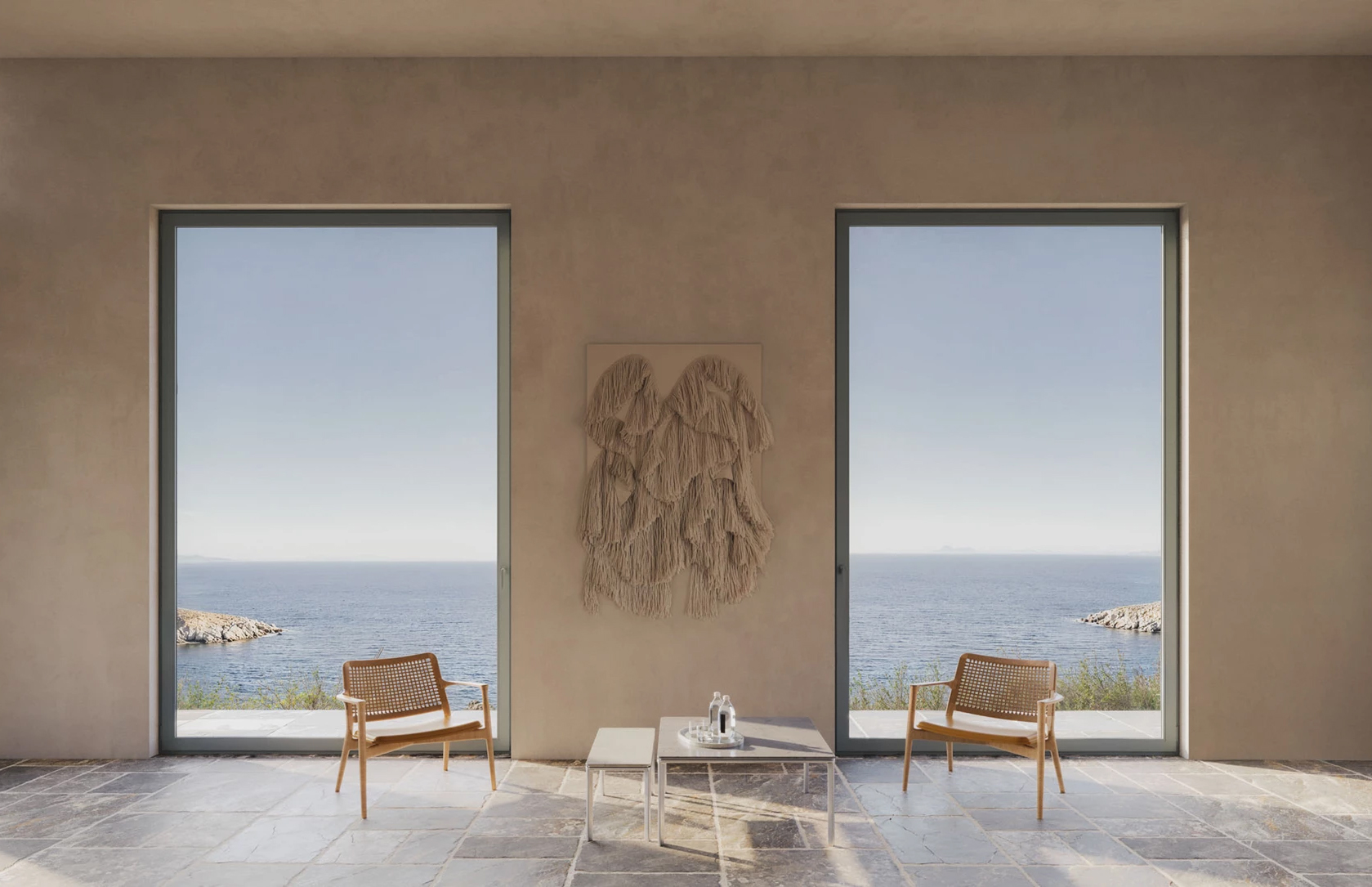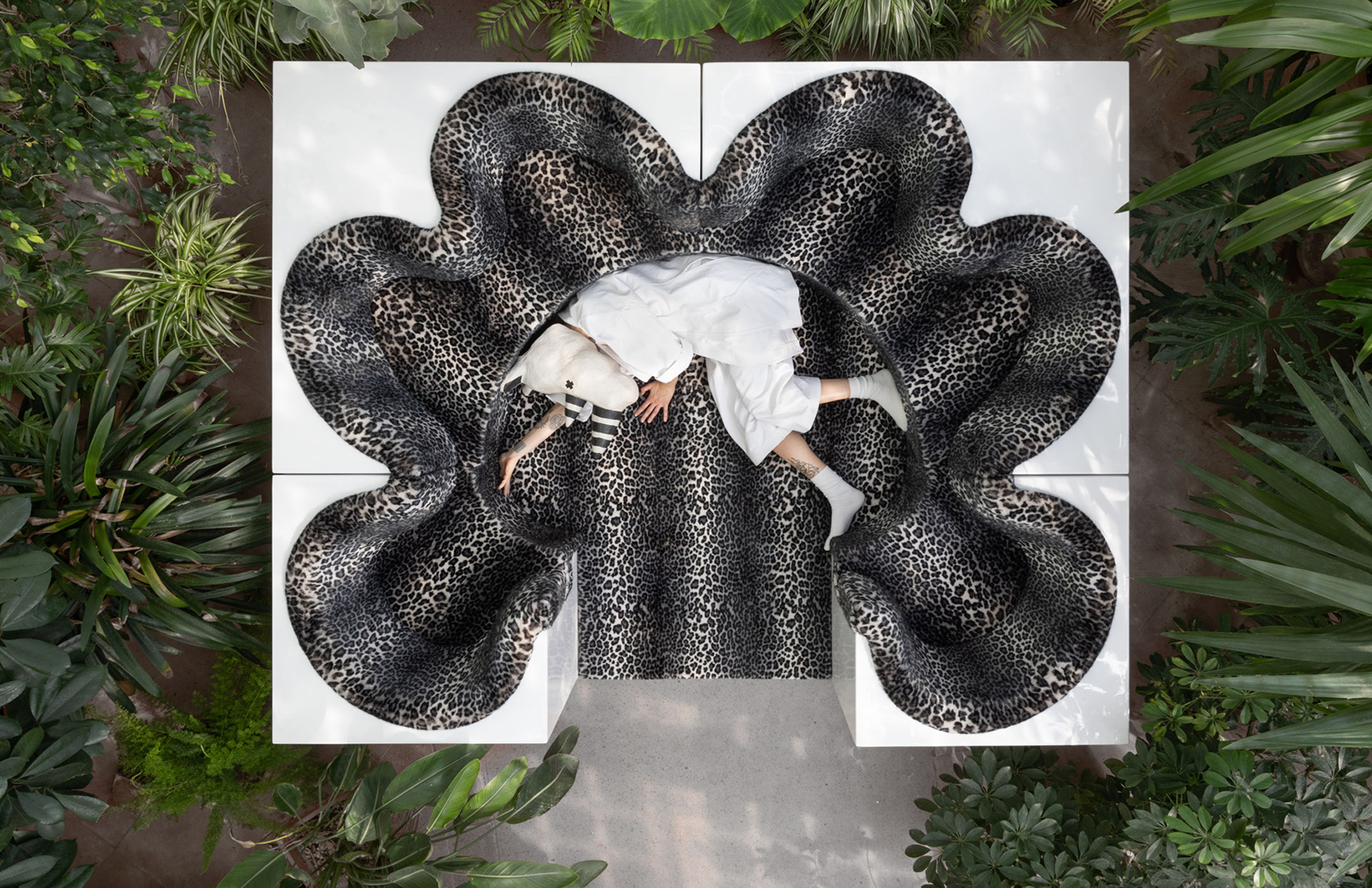Sarah Featherstone and Jeremy Young of London studio Featherstone Young are well known for their light-footed approach to architecture. Sustainable and unimposing, their projects integrate with nature and respect it, and belie the ‘reuse, reduce, recycle’ ethos behind them.
Even as their own clients, on this studio retrofit in a disused East London lock-up, their values never budged. A tight, two-storey, 3.8 x 7.8m space next to the couple’s home on a skinny cobbled mews, the garage sat idle for years after the architects purchased it from their former neighbour while they worked out a way to retain its postindustrial character as a bright, flexible studio. Improving the dark, leaky structure without creating a grandstanding feature on the modest lane provided a huge challenge and a rare opportunity. ‘Our house is designed around a courtyard, making it a more introverted and private place to live in,’ says Featherstone. ‘By contrast, the lock-up garage presented us with the opportunity to create a more outward facing and visible building, which helps animate the street.’ This was accomplished with simple, pared-back materials and a reverence for local vernacular.

Courtesy Featherstone Young

Courtesy Featherstone Young

Courtesy Featherstone Young
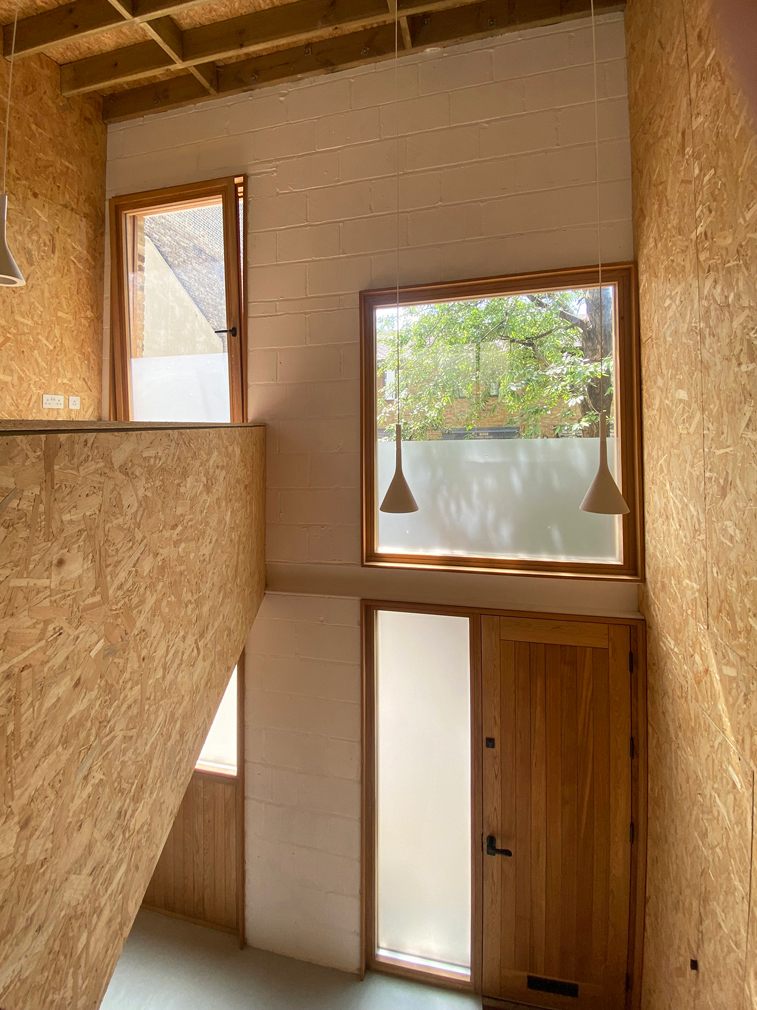
Courtesy Featherstone Young

Courtesy Featherstone Young

Courtesy Featherstone Young

Courtesy Featherstone Young

Courtesy Featherstone Young

Courtesy Featherstone Young
They began with protecting the shell. ‘The brickwork tells a story of the building with visible layers of additions and adaptations,’ says Featherstone. ‘For us it was important to retain the building for both environmental and social-historical reasons, so where we didn’t need to insulate the walls, we lightly whitewashed them, so you can still see the traces of what came before.’ The whitewash barely covers a blocked-up fracture in the brickwork, damaged while robbers broke into a former jewellery shop in the rear. ‘We refer to the break-in as the Bethnal Green Heist.’
Moving further inside, the couple hired Traderfix, a local family business. They built a usable block within the property, enabling double-height voids at the front and rear that bring in light, warmth and views to the only trees in the mews. (‘We and our neighbours stood under the trees for hours to stop them being cut down, and managed to secure their future,’ says Featherstone.) With an eye for detail, they installed a diagonal balustrade wall that delineates the interior and conceals ‘back-up’ utilities like wardrobes, a shower room and a WC lined with surplus terrazzo tiles from another project.

The balustrade wall angles slightly at the upper level but nevertheless allows a window seat at its narrowest point, extending around to form a long bench and then a worktop with a built-in kitchenette. At the rear of the upstairs, a wide internal window has a pop-out timber opening, making connections with the lightwell and studio below. ‘Overall the space feels generous, light and airy,’ says Featherstone.
In keeping with the light-touch, pared-back, sustainable approach, the practice opted for orientated strand board (OSB) for the walls and ceilings, a wood-chip material that uses more of the tree, and more forestry waste, than plywood. ‘It’s a tough utilitarian material that suits the space,’ says Featherstone. ‘And while it also has a natural warmth and visual interest, it can be demounted easily to access services behind or modify and sections can easily be replaced if they get damaged, without re-plastering an entire wall.
‘The timber finishes give a feeling of warmth and wellbeing, enhanced by linoleum on the floor that has a wonderful smell, as it is manufactured from coconut fibre and linseed oil.’

One of the team’s mantras is ‘baggy space’, born of the belief that flexible spaces are the most useful spaces. With this in mind, Featherstone and Young took a ‘baggy’ approach to the work areas, even as they designed the layout to the millimetre. The reasonably open plan allows desk space to double as living space if required. ‘The two floors are open to each other and spaces are deliberately undefined so there is flex as to how they’re used,’ says Featherstone. ‘The internal glazed screen wall and sliding mirrored doors allow for “baggy” reconfiguration. We work open plan, over both floors… a kind of hot desk arrangement. Some of our team work remotely, so when they come over to join us, we’ve created a more private area that can be closed off from the main spaces, so people can sleep there and stay over.’
For its slim footprint, the studio has a surprising variety of work areas, from the lower rear with the rooflight above to the outward-looking window seat to the open, communal main floor when the sliding doors are open. Plus, the team built plenty of small luxuries into the plan – like the broad, opening windows at both ends of the first floor. The rooflight in the rear opens by remote control. And there’s a secret door connecting the studio to the couple’s house next door. ‘From the studio side it appears to be a coat cupboard next to the front door,’ says Featherstone. ‘We call it a Narnia effect.’
It’s an apt term here in Bethnal Green, where a subtle wood door and unimposing windows open to an unexpected world of clever twists and turns. And it’s a good metaphor for the cobbled street, a passage between two eras, populated by families that appreciate both.

